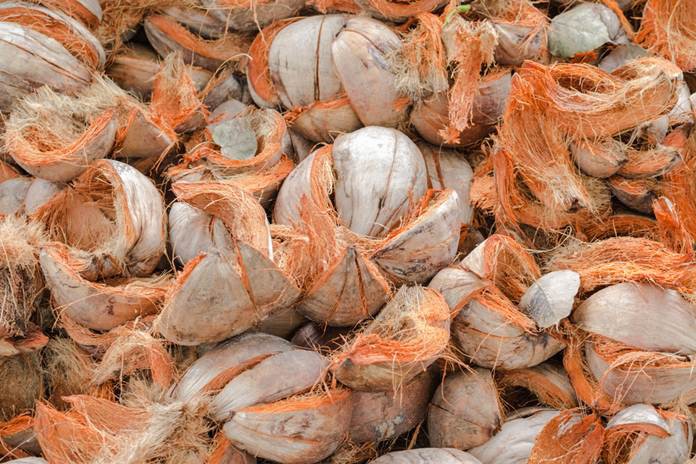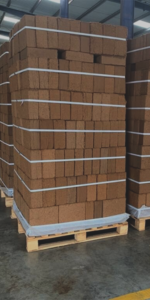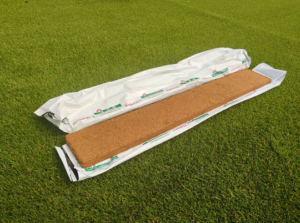Advantages Of Growing With Coco peat
- October 29, 2022
- Edison, July 25, 2016

Advantages of growing with coco peat: Coco peat increases the porosity of the potting mix. This helps to keep the soil loose and airy helping in better root growth. Better root growth results in better plant growth and higher yield. Coco peat increases the water holding capacity of the potting mix even as it increases the porosity of the soil. This ensures that the plant does not suffer from overwatering or underwatering.
High porosity, high water holding capacity and high cation exchange capacity together mean that the quantity of coco peat required per plant can be very less. Cocopeat has excellent properties that make it a very forgiving hydroponic (soilless) medium. Being an organic medium it has high Cation Exchange Capacity allowing nutrients to be absorbed and released to the plants according to their need.
Unlike peat, coco peat is easy to rewet. Dry coco peat is very hydrophilic and quickly absorbs water making it easy to use.Unlike inorganic medium such as perlite, vermiculite or rockwool, coco peat can be compressed to one fifth or less of its volume reducing transportation, storage and handling costs.
Coco peat is a renewable media. It is extracted from the husk of coconuts. What used to be a waste product just a couple of decades ago is now one of the thrust areas for export for the Coir Board of India. Coco peat contains natural trichoderma which acts as a Bio agent against harmful pathogens. It provides a great environment for beneficial fungi and bacteria to grow.

Coco peat can be pressed into a variety of shapes and sizes to suit all growing applications. Coco peat mixed with coconut husk chips provides all the advantages of coco peat while increasing the drainage of the mix.
Disadvantages: Coco peat has natural salts. This means that only good quality can be used for most potting mixes. It also means that nutrient composition have to be adusted keeping the salts available in coco peat in mind. Due to salts in the coco peat it is not suitable for recycling hydroponic systems. This is offset by the forgiving nature of coco peat in run off systems.
Compressed coco peat need to be used within a few months of its manufacture due to creep. Otherwise it becomes difficult to rewet and use. Again this can be overcome by using freshly compressed coco peat. High porosity means that the potting mix cannot support the weight of the plant. This is a general problem with any good potting mix and can be rectified with providing plant supports.
Coco peat can have soil contaminants. However, today many growers avoid sterilization of coco peat, instead relying on bio agents to prevent pathogenic attacks on plants.Coco peat demand has been increasing resulting in volatile prices. Suppliers with poor knowledge of coco peat and its application may offer coco peat that is not suited for its application. High demand has caused poor quality of coco peat to enter the market. Buyers may often pay higher prices for poor quality of coco peat.









